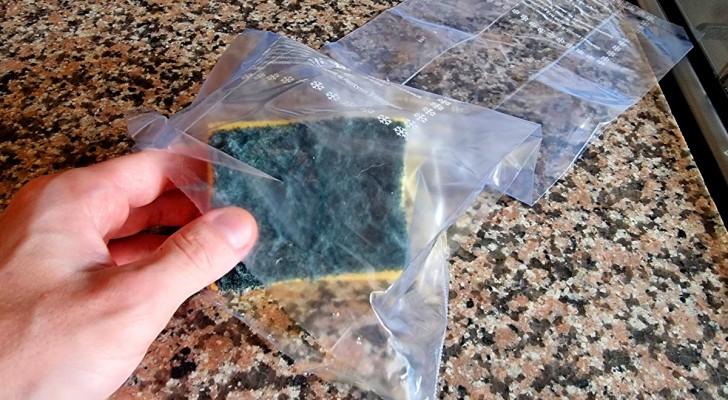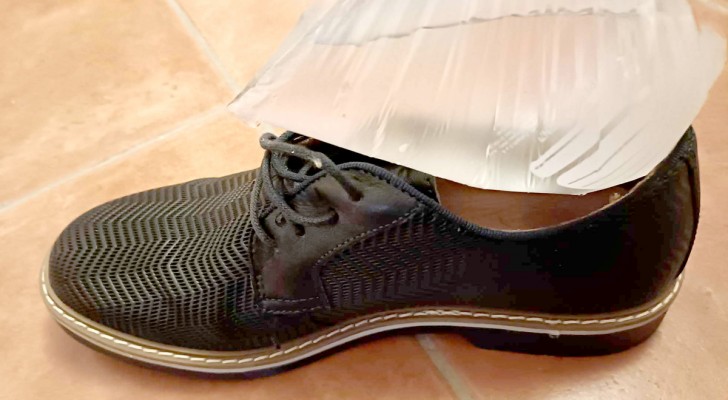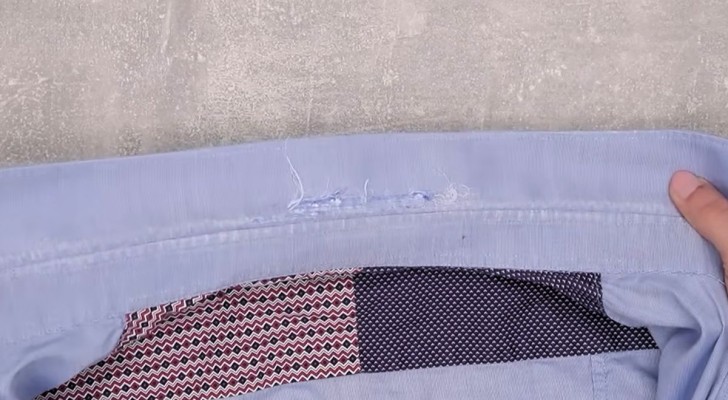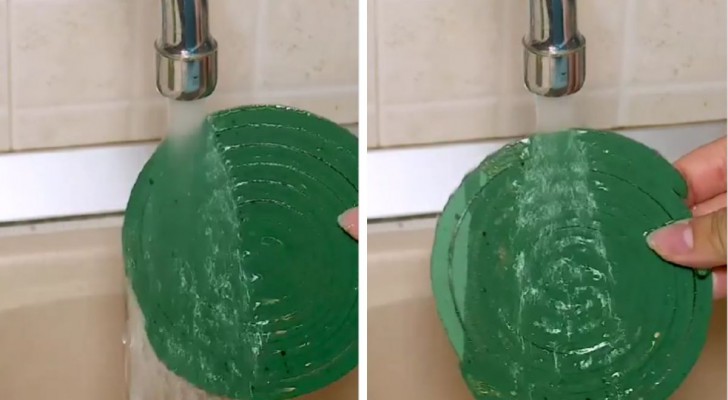5 useful tips to repaint your home like a pro
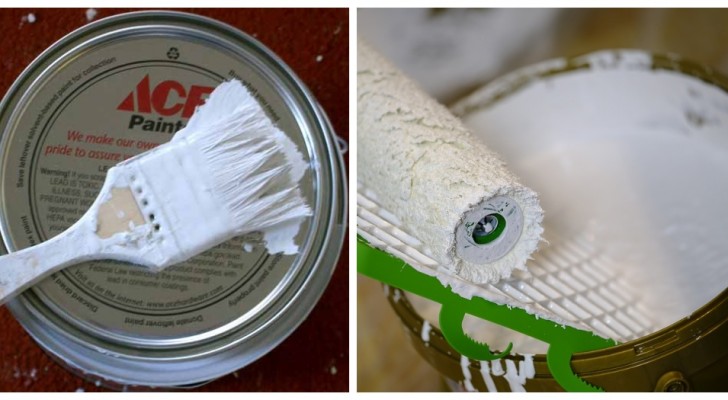
Getting ready to repaint the walls of a room to refresh its look or to completely redo the interior design, is one of the most common and economical interventions possible to transform our homes. Over time, in fact, dirt, humidity and maybe even smoke (from cigarettes) can leave stains that can become difficult to remove and you end up having to fix the situation by abandoning cleaning attempts and resorting to repainting the surfaces instead.
If you want to save yourself some money, you can try to do this redecorating exercise yourself, but it is good to avoid making some common mistakes, so as to achieve truly satisfactory results. Here are five useful tips for approaching this type of work like a professional.
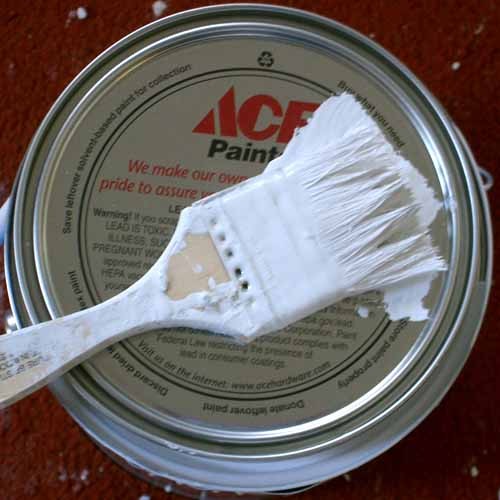
- Which paint to use? You can choose between two broad categories of paint: water-based and oil-based. The former are currently the most suitable for interior work: they dry quicker, have a less lingering, overpowering smell and have many different types of finishes (matte, satin, gloss, etc).
- In point of fact, the finish is also important: generally those with a matte finish are the most commonly used, but in some environments such as the kitchen or bathroom, you may prefer those with a glossy finish. In any case, it is always good to invest in top quality paint brands, which will give much more consistent results over time.
- Primer: yes or no? A primer is always needed if you want to paint a dark wall with a lighter color or if the wall has a lot of stains and other imperfections (perhaps you had to use filler on cracks or holes which had been created by picture nails). However, if the base is clean and light, you can choose not use a primer. There are also paints with primer already mixed into them, which saves a little time and money.
- How much paint to use? It is best if you do the calculations first. Consider that, on average with a liter of paint, you can cover 7-9 square meters of surface if the wall is very smooth; a little less (6-8 square meters) for rough textured walls. It is always good to buy the equivalent necessary for the part to be covered and also consider an extra liter for any retouching and edging you may have to do afterwards.
- Furthermore, it is always good to first thoroughly mix all the paint purchased (especially if it is colored) in a large bucket, so as to make absolutely sure have the same color on every part of the surfaces you are painting. You can always reseal the paint that remains in one of the paint tins.
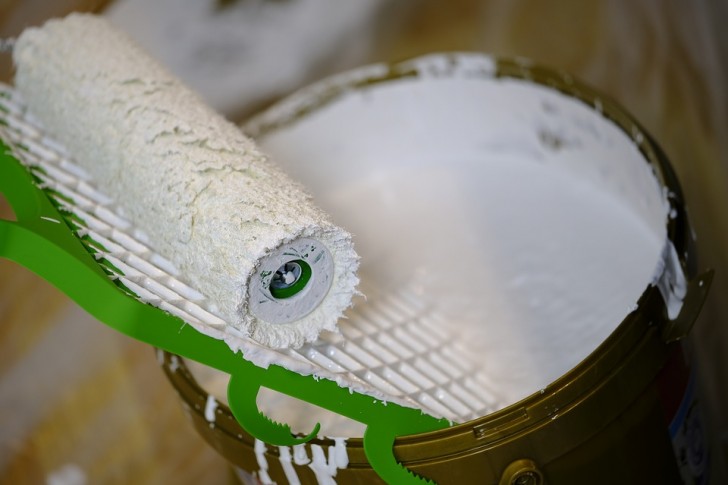
- In what order to carry out the painting? There are various schools of thought here. In general, however, you will not go wrong if you follow this order of action: dust and clean all the skirting boards and corners of the walls and ceiling thoroughly. Then cover the surfaces such as the door and door frames, window jambs and frames, handles and skirting boards with adhesive tape (you can also use painters’ masking tape. Cover the floor and furniture with plastic sheets.
- First paint the corners of the area to be covered (there are various techniques to do this) and then start painting from the ceiling downward on the walls and then on any of the wall moldings (wall trim).
- For the ceiling in particular: use the roller and start from a position which is away from where you are - then return towards yourself using a fluid movement. Work on small sections, and make each new area overlap the previous area you painted a little bit. However, avoid painting the area directly above your head, it is a position that is very difficult to see exactly what you are doing.
These are small tips, but they can help a lot in achieving a great result and undertaking a stress-free job.

